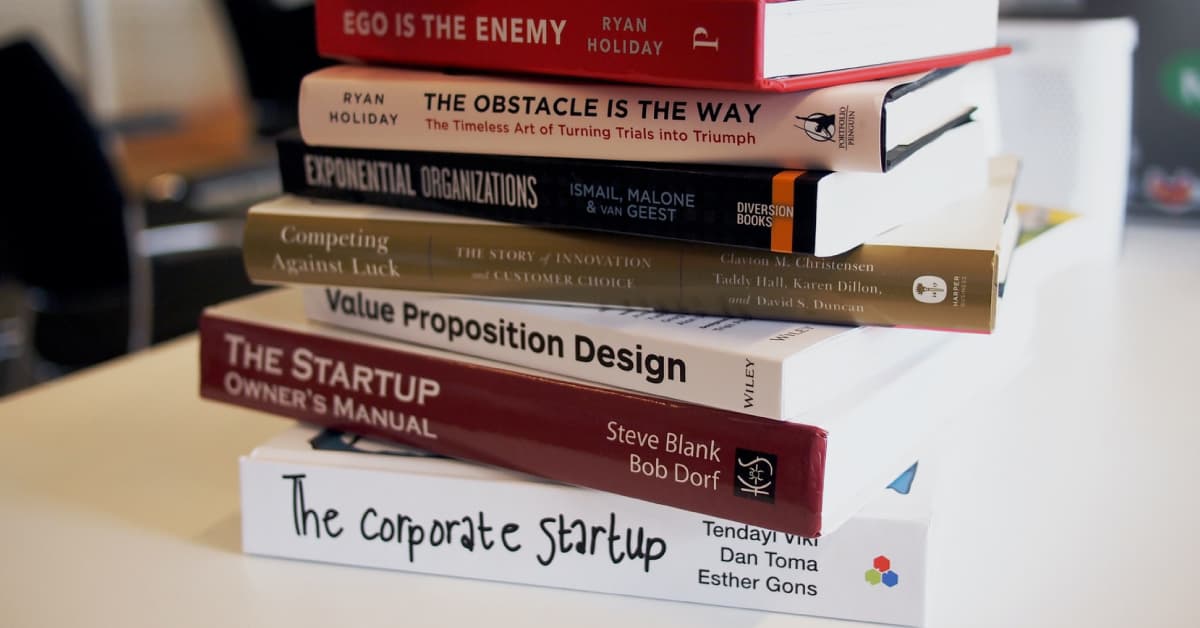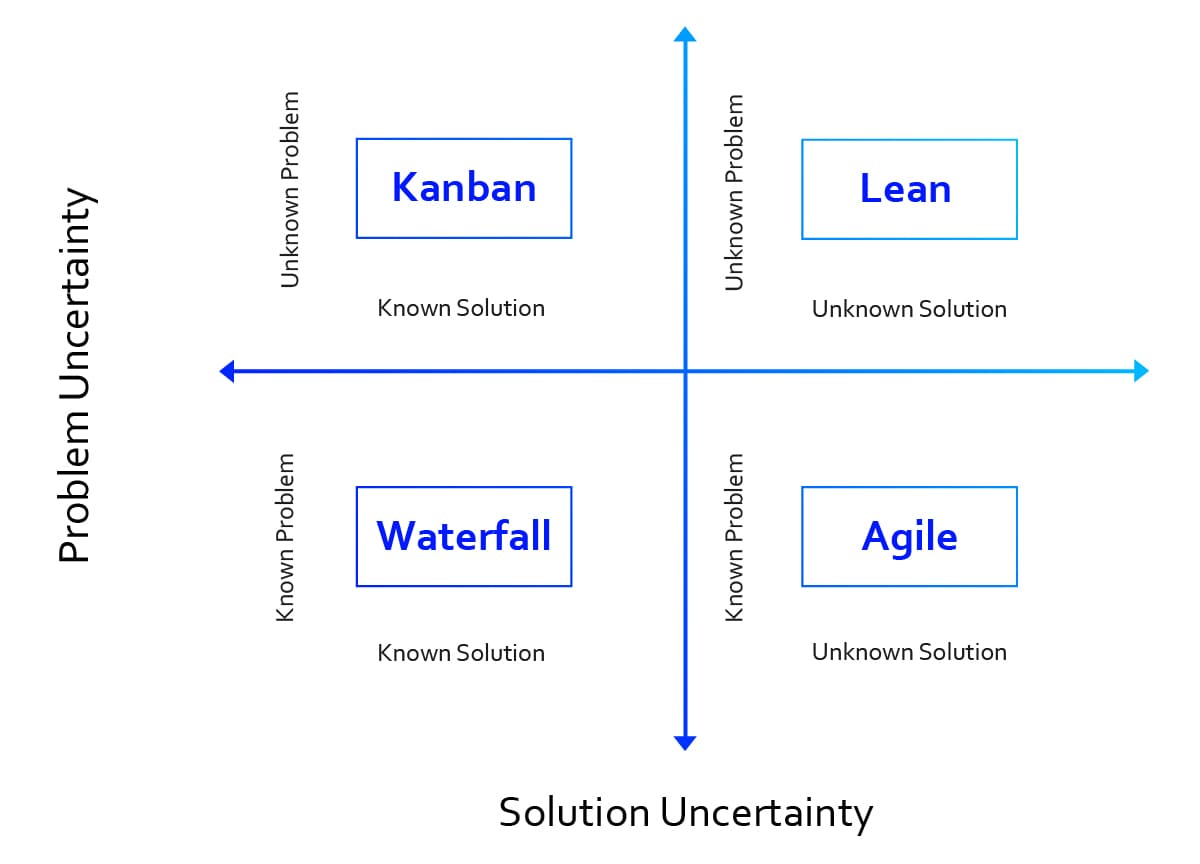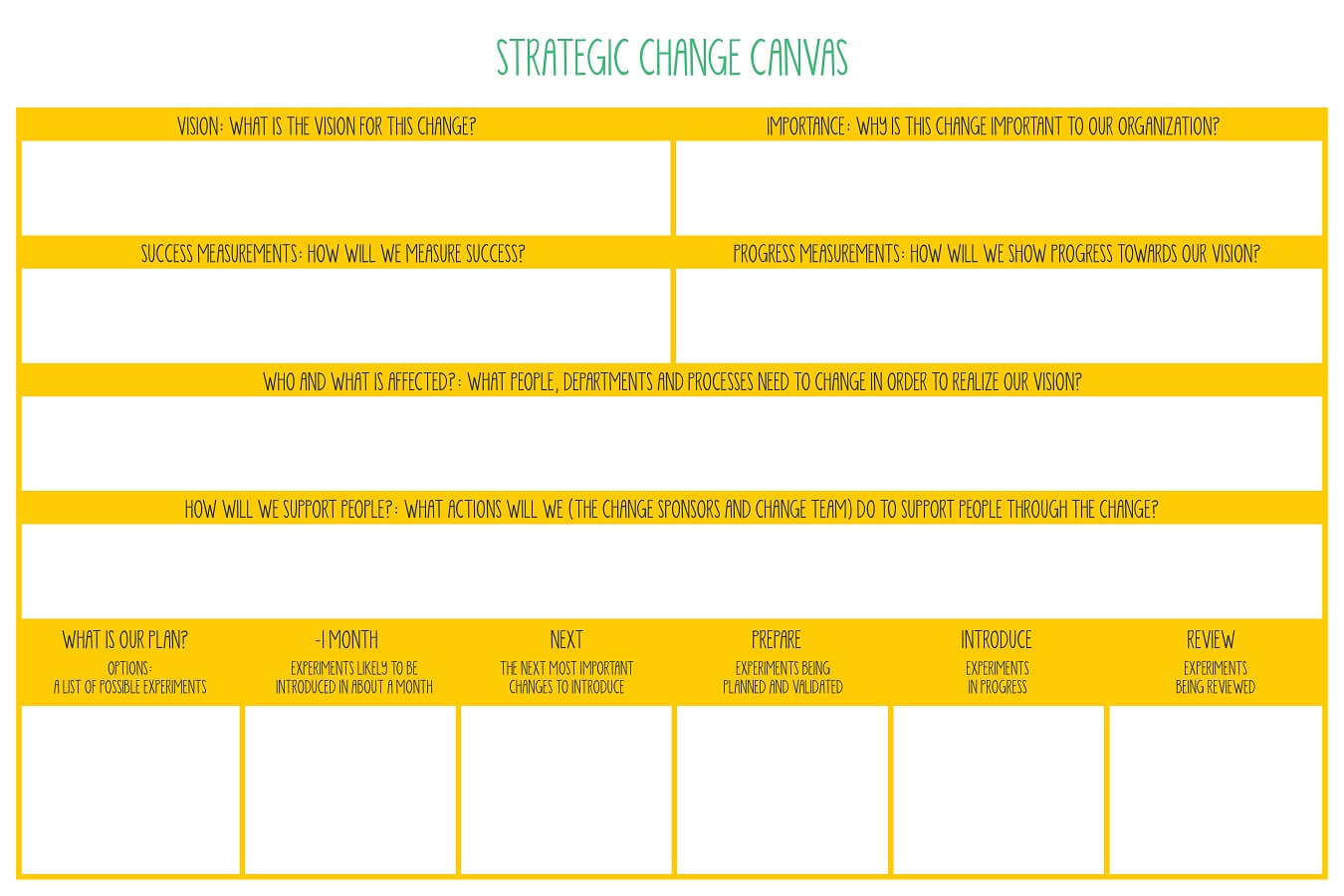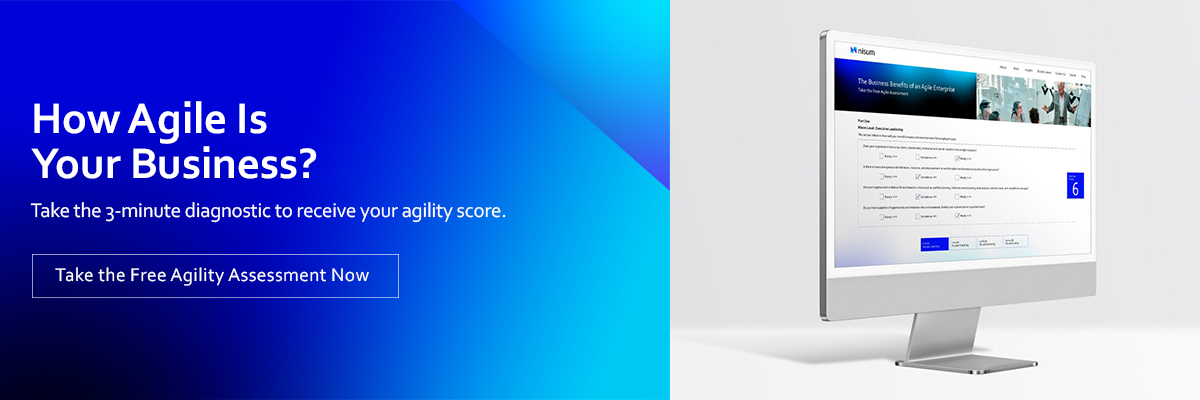 Picture Credit: Unsplash
Picture Credit: Unsplash
Lean is for prototyping and Agile for scaling those experiments. Wrong! If only the answer was so simple.
How Agile and Lean Originated
Agile is an umbrella term for many different methodologies and frameworks created in the context of software development, while Lean has its origins in Japanese manufacturing from the mid 20th century. By understanding their origins, it can be imagined each being successful in certain situations, however, there is no definitive answer to which one is better.
In their own domains, Agile and Lean have success and failures, but what do they have in common? There should be an approach to evaluate each of the following correctly:
- Challenge or Opportunity
- Tool vs Mindset
- Executive Buy-in
That is because before determining which processes, techniques, and principles of Agile or Lean methodology are the best, companies must first introspect to make an informed decision on the best methodology to use.
1. What Is the Challenge or Opportunity?
No methodology is good if implemented for the sake of implementing it. The chances of generating value will grow progressively the more businesses understand the reasons why they are choosing that methodology.
In the context of a digital product - websites, applications, systems, etc., start by looking into the below matrix for an initial hint of which methodology to choose:
 Source: Nisum
Source: Nisum
Figure 1: Problem-Solution Matrix to Choose The Development Approach.
Although it looks pretty simple, figuring out this matrix is not a trivial task. More often than not, businesses are absolutely certain about the problem they are trying to solve but is it the real problem? Throughout Nisum’s Business Agility practice that has been consulting for companies of different sizes, industries, and countries, we’ve seen that companies are often mistaken about that - like choosing to move a team to a lean development approach to deliver features faster when the teams didn’t have required skill set to work with the technologies. In this case, the problem wasn’t the process, but the gap between the required skill set and their reality.
Research also shows that 60% to 90% of ideas implemented don’t generate the results they were expected to and this is, among other reasons, because companies fail to understand the real problems before jumping into implementations. If companies fail in recognizing the true problem, it causes them to undermine the benefits of Agile.
Now if you assess the chart and admit you don’t know what is the problem you are tackling, but rather, you focus on an opportunity and decide to use Lean, we would suggest Lean Startup. It allows you to run the build-measure-learn cycle as fast as possible until you find the right problem-solution fit.
Begin with this matrix before starting an effort to implement a methodology for your teams and it will increase your chances of succeeding.
2. Do You Need a Tool or Mindset Change?
Once you start deep diving into Agile and Lean, you start realizing that both are very similar in their principles and values. In their essence, they promote systems and teams that value transparency, continuous improvement, and value creation through close collaboration.
So regardless of the methodology, you are going to experiment with, be mindful that whether you will be implementing simply a tool or really working on changing the mindset and culture is up to you. While proposing or leading the implementation of a new methodology to work with software development and management, it is important that you clearly define, communicate and set correct expectations of the extent of what the people involved in the change should expect.
With that choice also comes our next important topic: who you need to get buy-in from to have a successful implementation.
3. Who Is Supporting the Journey?
Totally related to whether you are implementing or experimenting with a tool or a mindset shift is who you need to get buy-in to support you in this journey.
While experimenting with pilot teams to implement a new tool or methodology, you will need to get buy-in to support from other departments involved with those team’s activities but if embarked on the endeavor of mindset and cultural change, you will definitely require support from the whole organization.
This is a critical step because, in the end, no culture survives a bad system. Bad systems are defined as methods or mindsets not aligned with the culture. If the fundamental way an organization operates does not promote the culture you want to develop, your efforts will be completely wasted.
The level of buy-in you need will vary depending on the stage of your implementation and what is your desired outcome, for example creating one pilot team to prove that the working model works for your IT organization, using a pilot team to prove you can generate business value fast if you organize your teams based on the product they build and not projects or driving the end-to-end transformation of the processes of prioritization, funding, and execution of digital initiatives.
Without the right people on board and supporting your efforts, your teams will be swimming against the tide.
Keep Calm and Kaizen
Make the decision and don’t be afraid of being wrong. As iterative processes, both Agile and Lean will give enough opportunity to adapt and change the mindset if that implementation is not helping to achieve the desired results.
Implement your chosen methodology with the mindset of running build-measure-learn cycles for your change also. It will allow you to adjust based on the reactions of your system and will give you the opportunity to be closer and closer to your objectives.
Finally, it all boils down to your approach to this change. From the Lean methodologies that were developed on top of the tenets of Lean Manufacturing, we can take advantage of the “Strategic Change Canvas,” from Jason Little, that can help you articulate all 3 points discussed in this article:
 Source: Lean Change Management
Source: Lean Change Management
Just by doing the exercise of creating the Strategic Change Canvas, it will create a better understanding of why and what is being planned to implement and who will have to be involved. Creating a shared understanding of the change will make as much difference between success and failure, as choosing between Agile and Lean.
How Nisum Can Help
If you need help defining and implementing a Lean or Agile methodology for your teams, contact us. Large organizations have found that Nisum gives them a competitive edge through lean and agile coaching. They’re using Nisum to build change management systems that address key organizational challenges related to team efficiency and product centricity.




